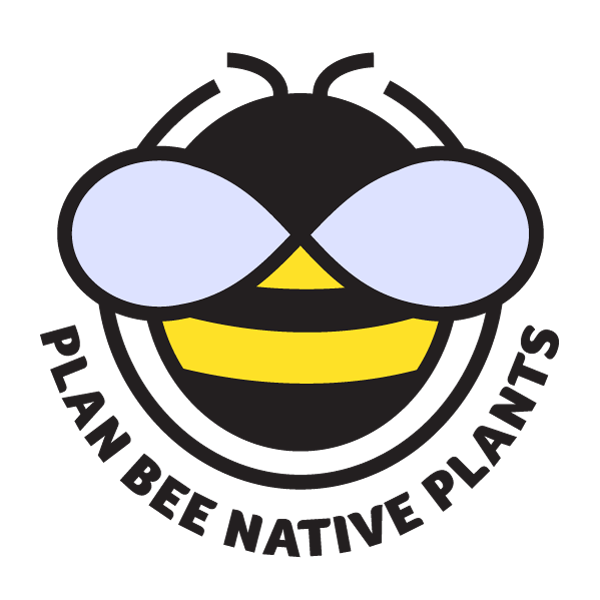Facts about native bees
-Bees are the most effective pollinators for most plants, and therefore critical to both human food production and maintaining plant populations
-There are 4000+ species of native bees to North America (and more than 483 species in BC)
-90% of these species are solitary, with Canada’s only native social bees being bumble bees!
-70% are ground-nesting (25% are stem nesters and 5% – the bumbles – are cavity nesters)
-Almost all native bees are doorstep foragers meaning they do not travel far from their nesting locations (300-500m)
Generalists vs specialists
90% of insects are specialists and 10% are generalists. This is extremely significant as this means the bulk of all insects have very specific adaptations to only be able to feed on specific plants that they share an evolutionary history with. This is because all plants are made up of chemicals that are used as defense mechanisms against anything that would feed on them. However given enough time (thousands of years) insects can adapt to specific plants as food sources.
The pollen connection
Pollinators transfer pollen from male stamen to female stigma, and have co-evolved with 90% of flowering plants to help them reproduce. * Bees are the key group of pollinators (essential to both our ecosystems and food production), as they are the only animals that collect pollen on purpose (making them far more efficient than other pollinators). There are 483 species in BC – 4000 in North America))
Insect herbivores aren’t the only specialists! Pollinators also adapt to particular flower colours and structures. This helps the plants because it is more likely their pollen will reach another plant of the same species, and benefits the pollinators if they get exclusive access to the floral resources of the specialized flower type that they have co-evolved with.

